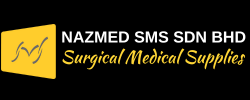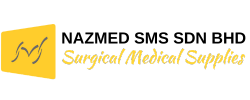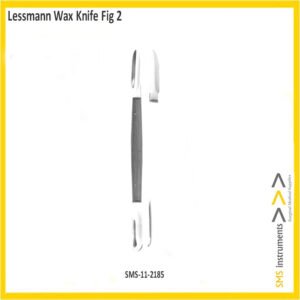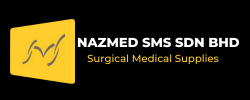Description
Lessmann Wax Knife
Size: Fig. 1 (12.5 cm)
Dental Instruments
SMS Instrument wax knife lessmann fig 1 (12.5 cm) is commonly used by dental technicians in the lab as well as by Doctors. They can be used in all areas of dentistry. The blades are made of stainless steel whist the handles are polished wooden for extra strength. The taper ground hardened and tempered blades allow flexibility for safe and comfortable use.
| Surname | Lessmann |
| Tip Configuration | Knife / Flat Shaped |
| Size / Model / Figure | Fig 1 (12.5 cm) |
| curvature | Straight |
| Handle | Fiber/Wooden Double – Ended |
| Finishing | Mirror Polish Finishing |
| Instrument Type | Dental Wax Knives |
| Material | Stainless Steel |
| Disposable or Reusable | Reusable |
| Rusting Prevention | Passivation Processed |
| Cleaning | Ultrasonic Cleaned |
| Sterile or Non-Sterile | Non-Sterile |
| Latex or Latex-Free | Latex-Free |
| Test Performed | Boil, Shape & Performance Test |
| Grade | Premium OR-Grade |
| Packing | Individually Packed in SMS Brand printed Poly-sleeve |
Wax knives
A Dental Wax Knife instrument is used in late stages of removable partial denture construction to eliminate or block out areas of undesirable undercuts with wax on the cast before the framework is made. A Wax knife, which is used during block out procedures and in the construction of surveyed restorations. A hand instruments used by the dentists during different dental treatments, presentations or demonstrations within the laboratories are used for carry or mix the wax and softening the base while teeth settings. These are wide bladed and of various shapes and sizes.
Knife Edge
- Permit acute margin of metal
- Axial reduction may fade out
- Thin margin – difficult to wax and cast
- Susceptible to distortion
- Indications:
- Mandibular posterior teeth with very convex axial surfaces.
- Lingually tilted lower molars
Small wax knife: Most commonly used in the fabrication of crowns for placing and carving inlay wax. Large wax knife: Used for melting, placing and carving modelling wax in the production of dentures. Again it is common to see two knives being used, a cold and a hot knife.









